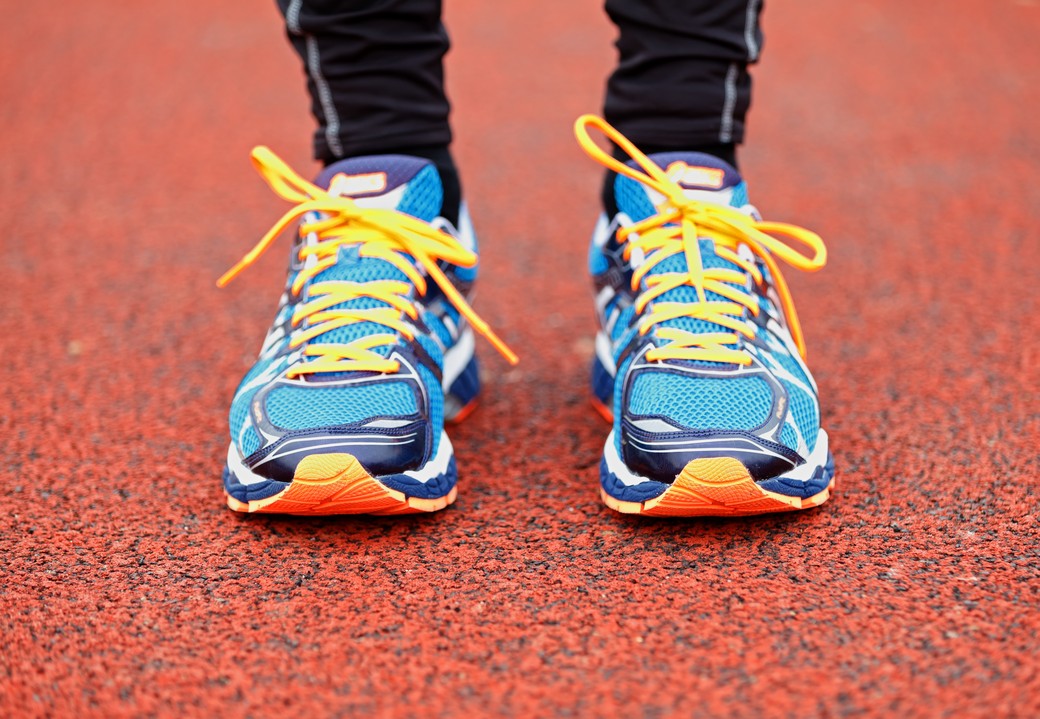
Outdoor Running 101 for Beginners
Did you know that the average Canadian spends over 90 per cent of their time indoors? So, as we spring into spring, there is no better time to get outside to take in some much needed fresh air.
Ottawa has one of the most active running communities in all of Canada. If you are thinking of starting a running program or training for a certain race, spring is a great time to start. Before you embark on your running adventures, there are a few things you might want to know in order to stay safe and prevent injury along the way.
 Good Shoes: Research shows that shoes can alter the form of your running. If your shoes do not have enough support, the muscles and joints in your buttock, legs, and ankles may become over stressed. The same thing could happen if your shoes are too firm. In order to find a shoe that is right for you, try several pairs and make comfort your number one priority. Sales people at specialty running stores are very knowledgeable and can usually help you find what you are looking for. But at the end of your run, if your feet hurt, you are probably wearing the wrong shoes. Foot orthotics can also add support to your shoe, especially those with flat feet (over pronators).
Good Shoes: Research shows that shoes can alter the form of your running. If your shoes do not have enough support, the muscles and joints in your buttock, legs, and ankles may become over stressed. The same thing could happen if your shoes are too firm. In order to find a shoe that is right for you, try several pairs and make comfort your number one priority. Sales people at specialty running stores are very knowledgeable and can usually help you find what you are looking for. But at the end of your run, if your feet hurt, you are probably wearing the wrong shoes. Foot orthotics can also add support to your shoe, especially those with flat feet (over pronators).
Stay Well Hydrated: It is important to stay hydrated before, during and after your run. Dehydration can lead to fatigue, headaches, sore muscles and cramping. One hour before your run, try to drink 16 ounces of water. In order to prevent yourself from having to go to the washroom, do not drink too much more than this. During your run, drink when you are thirsty. Your body is smart and will cue you to drink when it needs to. After your run, drink at least another 20 ounces to replenish your cells and water lost through sweating. If you sweat a lot, drink more.
Plan Your Route: Know where and how far you intend to run. Pick the safest routes possible with lots of visibility. If you are running alone, let someone else know where you are going and the approximate time you will be home. Also, you should always be running against traffic so that drivers can see you at all times.
Get a Running Buddy: Having someone run beside you is beneficial for more than one reason. Not only will they help you stay motivated and encourage you to do your best, your running pal can help to keep you safe. There is safety in numbers.
Dress for the Weather: If you are unsure of what to wear, it is better to be too hot than too cold. If your muscles are cold and tense, your risk of injury will increase. The best thing to do is dress in layers. This way, as you heat up during the run, you can peel away your layers. Sports stores sell running gear made of fabrics designed to propel the elements. If the wind is strong, wear a light headband or hat to prevent damage.
 Warm Up and Cool Down: This is crucial to prevent lactic acid build up, which can lead to a lot of muscle soreness. The warm-up helps to increase the blood flow throughout your body to make sure you are ready to run safely. A common mistake I see in my practice is when people hold a static stretch before starting an activity. This can lead to more damage than good. Instead, walk for 2-5 minutes, continued by a light jog, before starting your full on running pace. As a general rule, the faster the race or run is, the longer you should warm up. Once you are done your run, jog slowly for a few minutes, followed by a walk. After your run is the time to statically stretch your muscles. Each stretch should be held for approximately 30 seconds in order to get full benefits.
Warm Up and Cool Down: This is crucial to prevent lactic acid build up, which can lead to a lot of muscle soreness. The warm-up helps to increase the blood flow throughout your body to make sure you are ready to run safely. A common mistake I see in my practice is when people hold a static stretch before starting an activity. This can lead to more damage than good. Instead, walk for 2-5 minutes, continued by a light jog, before starting your full on running pace. As a general rule, the faster the race or run is, the longer you should warm up. Once you are done your run, jog slowly for a few minutes, followed by a walk. After your run is the time to statically stretch your muscles. Each stretch should be held for approximately 30 seconds in order to get full benefits.
Running Technique: Try to relax throughout the run. You do not want to tire your muscles if you don’t need to. Try to loosen your shoulders and do not clench your fists. You want to maintain good posture throughout the run as well. Your shoulders should be back and your head should be directly over your shoulders. People who hold their head forward can end up with a sore neck and headaches. Bad posture throughout the day can lead to poor posture during your run. So pay attention to how your posture is on a daily basis.













